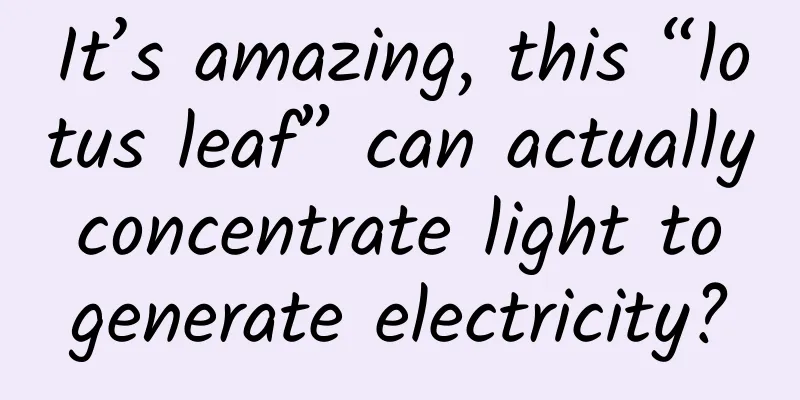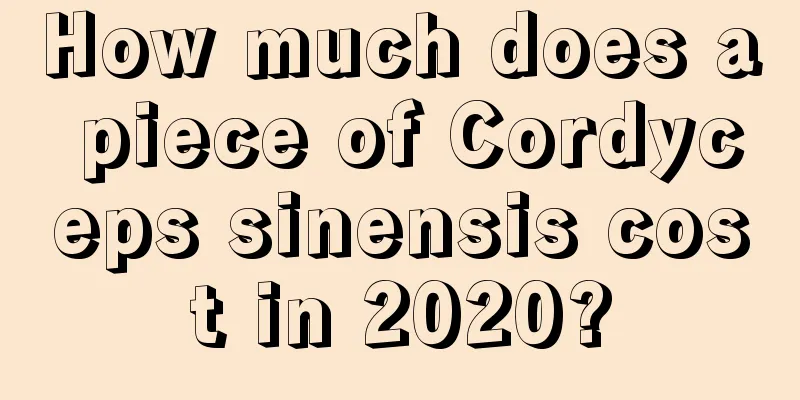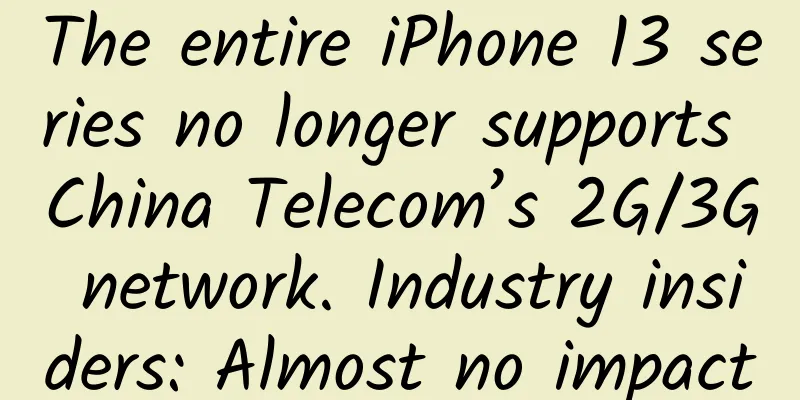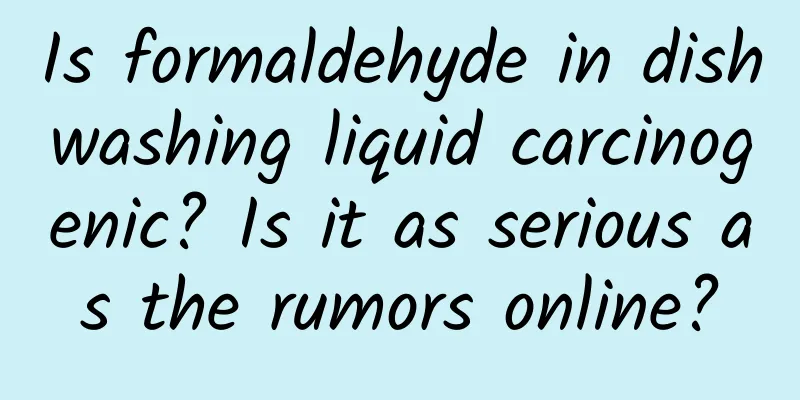It’s amazing, this “lotus leaf” can actually concentrate light to generate electricity?

|
Produced by: Science Popularization China Produced by: Zuo Lang and Li Xueyang Producer: China Science Expo Speaking of focusing, you may be familiar with it. When we were young, we all played with magnifying glasses. Turning the magnifying glass to focus sunlight, the focused light can generate high temperatures and even ignite objects (children should not play with fire). Figure 1 Magnifying glass focusing (Photo source: veer photo gallery) Similarly, in areas of my country such as Tibet, Qinghai, Sichuan, and Yunnan where there is more sunshine, many families use concave solar cookers to concentrate sunlight to boil water and cook. Figure 2 Solar Cooker (Image source: produced by the author) In fact, whether it is using a magnifying glass to focus sunlight or using a concave solar cooker to focus sunlight, what is used is a category of solar concentration technology - geometric concentration. In addition, with the development of science and technology, scientists have proposed a new concept of concentration - luminous concentration. The former uses the basic principles of geometric optics to achieve sunlight concentration, while the latter involves the interaction between light and matter. Figure 3 Luminous solar concentrators of different colors (Image source: Reference [2]) Glowing is also focusing: playing is cyberpunk The luminescent solar concentrator was first proposed in 1976. As a relatively simple device that can capture solar energy over a large area, it consists of a transparent substrate (such as a glass plate) coated or inlaid with luminescent groups. After absorbing solar photons incident on the plate, the luminescent group emits new photons. Due to the difference in refractive index between the substrate and the air, about 75% of the photons will enter the total reflection mode and then be waveguided to the edge of the plate to excite the solar cells attached to the edge, and finally realize the conversion of light energy into electrical energy. If the concentration efficiency is high enough, a luminous solar concentrator plus a small number of solar cells at the edge will function as a large solar cell, which will greatly reduce the cost of photovoltaic production. If this fully transparent or semi-transparent luminous solar concentrator is directly integrated into the walls or windows of a building, the current energy-consuming buildings can be transformed into fully or fully utilizing solar energy, thus realizing energy-self-sufficient "zero-energy smart buildings". Figure 4 Working principle diagram of luminous solar concentrator (Image source: produced by the author) Not only that, the colorful concentrators can also be used as a decoration on the exterior walls and glass of buildings, adding a touch of bright color to the monotonous city. Wow, do you imagine the cyberpunk feeling in science fiction movies? Figure 5 Architectural glass decorated with luminous solar concentrators of different colors (Image source: Reference [2]) However, despite the many advantages of traditional luminescent solar concentrators, they still face great challenges in practical applications. First, the traditional luminescent solar concentrator is limited by the aggregation-induced quenching effect of the luminophore and self-absorption, resulting in the internal optical efficiency of the device being generally less than 60%. In addition, considering the long-term application on the exterior of the building, the resulting wind and rain erosion and smoke adhesion will further reduce the concentrator's light collection efficiency and service life. New luminous group: This "lotus leaf" is simply too good To address the above issues, Wu Kaifeng's research team at the Dalian Institute of Chemical Physics, Chinese Academy of Sciences, designed and synthesized an organic compound (TPA-BT) with aggregation-induced fluorescence enhancement as a luminophore . In stark contrast to the traditional luminophore, which has a lower quantum yield in the solid state than in the liquid state, its quantum yield in the solid state is higher than that in the liquid state, that is, when they change from liquid to solid, the light emission becomes stronger and brighter. Figure 6. Optical properties of TPA-BT molecules (Image source: Reference [1]) The team uniformly incorporated this luminophore into a polydimethylsiloxane (PDMS) matrix to obtain a clear and transparent luminescent solar concentrator. Due to the aggregation-induced fluorescence enhancement of the luminophore, the concentrator exhibited a quantum yield of nearly 100%. At the same time, due to the sealing effect brought by the PDMS matrix, the concentrator exhibits excellent light stability and still maintains a quantum yield of 70% after more than two years of outdoor application. This means that this new type of luminescent solar concentrator can maintain a high-efficiency working state for a long time in practical applications, which is of great significance for reducing costs and reducing the number of replacements. Figure 7 Optical properties of the concentrator (a) Absorption and fluorescence spectra of the concentrator. The inset is a photo of the actual object. (b) Time-resolved fluorescence spectra of TPA-BT in solution and in thin films. (c) Light stability test of the concentrator (Image source: Reference [1]) In order to make the concentrator self-cleaning and avoid erosion by wind and rain and adhesion of smoke and dust when used on the exterior of buildings, the team used a biomimetic strategy to "graft" the superhydrophobic self-cleaning effect of the lotus, which "emerges from the mud without being stained", onto the surface of the concentrator. This allows the concentrator surface to have a two-dimensional quasi-periodic micropapillary structure similar to the surface structure of the lotus leaf, and thus also exhibits a superhydrophobic self-cleaning effect. Experimental video of super hydrophobic materials (Video source: provided by the author) Figure 8 Characterization of hydrophobic performance of luminescent solar concentrator (a) Helium ion microscope image of a luminescent solar concentrator with micropapillary structures on its surface (b) Contact angle test of luminescent solar concentrators with smooth surface and micro-papillary structure on the surface (Image source: Reference [1]) Thanks to the flexibility and easy processing of PDMS materials, the prepared luminescent solar concentrator can be arbitrarily changed in size and shape, which greatly enriches the application scenarios of luminescent solar concentrators. Figure 9. The luminescent solar concentrator developed by the team (Image source: Reference [1]) It can be said that this research result has successfully solved the problems faced by luminous solar concentrators in practical applications, such as low focusing efficiency, wind and rain erosion, and smoke and dust adhesion. It has made important contributions to zero-energy smart buildings and the realization of the "dual carbon" goals, and is expected to solve the environmental and energy crises faced by mankind to a certain extent. Editor: Sun Chenyu References: [1] Li [2] Debije MG, Verbunt PP C. Thirty years of luminescent solar concentrator research: solar energy for the built environment[J]. Advanced Energy Materials, 2012, 2(1): 12-35. Note: The relevant results of this article were published in the international authoritative journal Journal of Physical Chemistry Letters. The first author of this work is Li Xueyang, a postdoctoral fellow at the Dalian Institute of Chemical Physics, Chinese Academy of Sciences, and the corresponding author is Wu Kaifeng, a researcher at the Dalian Institute of Chemical Physics. This work was funded by the National Natural Science Foundation of China and other projects. |
<<: Should the elderly get the COVID-19 vaccine? How to get it? One article explains!
>>: The successful launch of the Gaofen-5 01A satellite will play a role in many aspects
Recommend
Tmall President Wang Yulei: E-commerce in the future must return to consumer experience
We have just launched a plan to upgrade the consu...
How many photons are emitted by a flashlight, how far can they fly, and will they bend due to the earth's gravity?
This article is based on answering similar questi...
Promotion tips in the circle of friends in the education industry!
During the Spring Festival of 2020, the outbreak ...
Uncoded high-definition personal experience - the era of VR movies has arrived
I believe that anyone who has been to a movie the...
Looking back at the past decade of iPhone suppliers: some made a lot of money, while others lost a lot
According to foreign media reports, Nikkei Asian ...
Apply sunscreen, wear sun-protective clothing, and that’s it? Protect your eyes from the sun, too!
It's almost the beginning of autumn, but we&#...
Dots of Science | This is the rocket that helped Tianwen-1 land on Mars?
END Editor: Guru...
How to make a spoken video on Douyin? What are the ways to monetize Tik Tok?
This article mainly introduces how to make a spok...
The correct way to enjoy the moon during the Mid-Autumn Festival: Check out the Chinese elements on the moon
It’s Mid-Autumn Festival again, a time to appreci...
Meizu Pro 7 review: It’s more like an Apple Watch integrated into a smartphone
Meizu, which hadn't held a press conference f...
Tesla's net loss in the first quarter was nearly $400 million. Model 3 will be mass-produced as scheduled
In the first quarter of 2017, Tesla's revenue...
What diseases are prone to occur in hot and humid weather? Here is the authoritative answer!
During the Lesser Heat, the temperature is high a...
How did it come from and where is it going? Uncovering the development ideas of the Tianzhou series cargo spacecraft
When the Shenzhou spacecraft goes up to the sky, ...
These vegetables are simply "natural MSG", boiled in water = "vegetarian soup" that's so delicious it's eyebrow-dropping
A pot of delicious and refreshing soup with diver...
80% of people have experienced flashing eyes. Is this actually a disease?
Have you ever experienced something similar to th...









